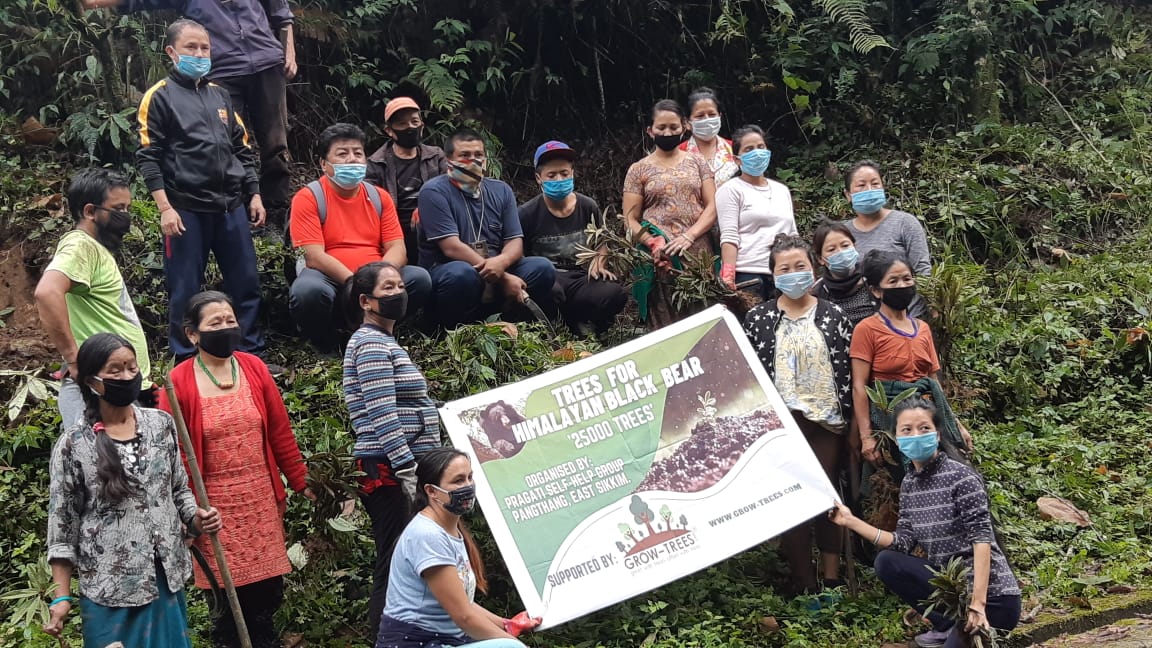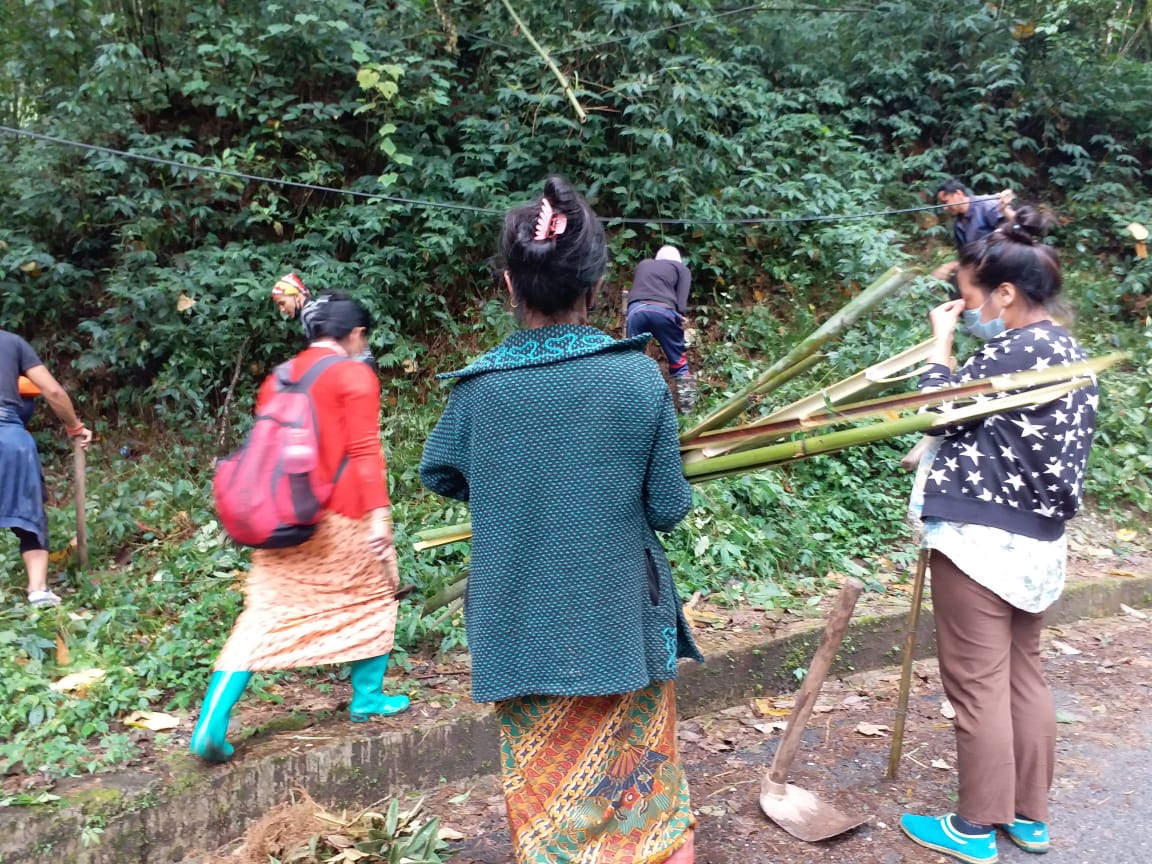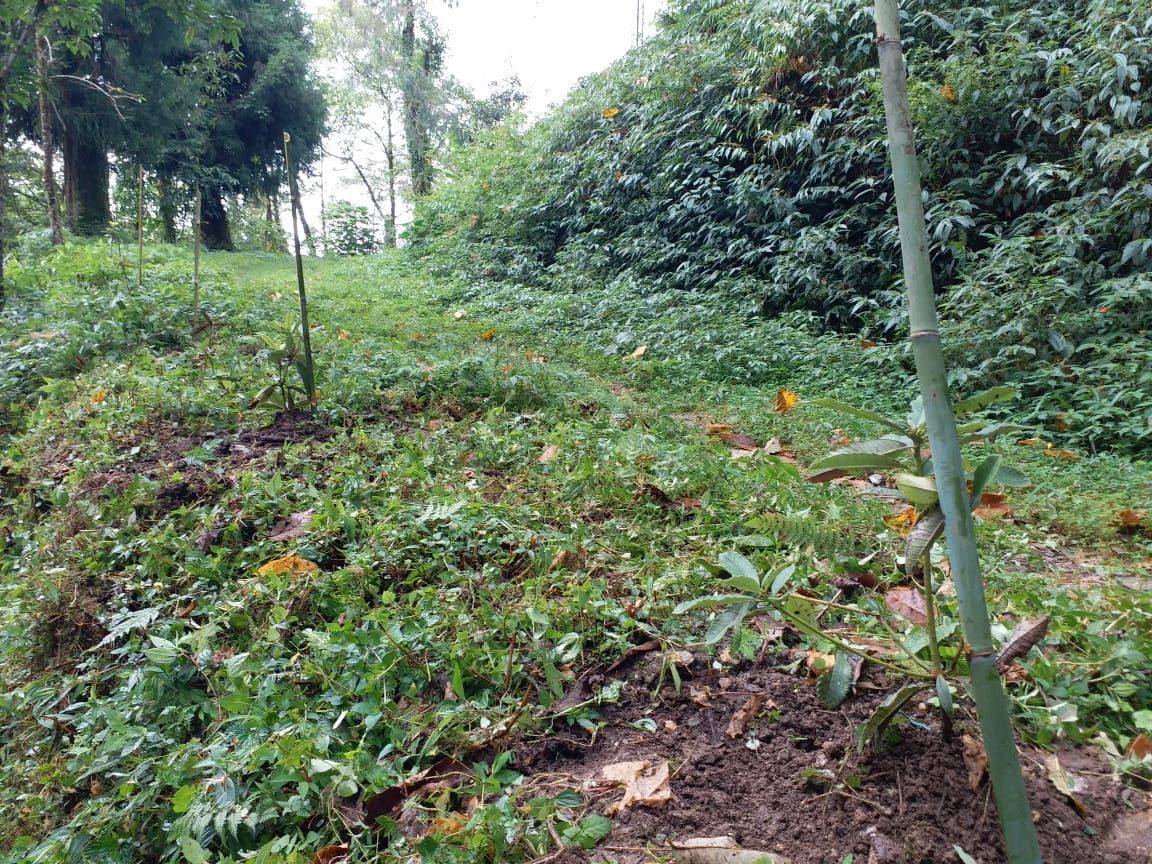










Project Target
0% Remaining
25,000
Trees Planted out of 25,000 Trees

Project Location:
25,000 mixed local trees are being planted in and around Fambong Lho Wildlife Sanctuary situated in East Sikkim of the Eastern Himalayan region.
Project Aim
The identified project location is nestled in the Himalayan biodiversity hotspot within the Sikkim Himalaya. A wide variety of endemic and threatened species thrive here because of the variations in elevation, climatic, vegetation and habitat types. The area also forms a part which is listed among the world’s ten most critical centers for biodiversity and endemism, with a vast array of floral and faunal species. However, many parts of this natural treasures are under pressure from developmental projects, grazing and unregulated tourism. These have led to habitat loss for wildlife and at times have triggered more drastic manifestations of climate change.
Himalayan black bear (Ursus thibetanus) is known to have a significant ecological role in maintaining the forest dynamics and is often called as the ecosystem engineer. It is one of the largest carnivores of Fambong Lho Wildlife Sanctuary (WLS). The sanctuary is known to have several villages along its periphery, making them more prone to incidents of human-wildlife conflict.
They are globally categorized as Vulnerable as per the International Union for Conservation of Nature and Natural Resources (IUCN) and Schedule I in Indian Wildlife Protection (Act) 1972 due to innumerable forms of threats like rapid urbanisation, human population growth, habitat degradation, hunting and sometimes threats arising due to human-bear conflict. Recognizing its importance, we focus on the inextricable link between people and their environments and promote community participation in ecosystem management and resource governance, all the while helping to improve the livelihoods and resilience of communities. The National Bear Conservation and Welfare Action Plan for India stated recommendations to protect the bear habitats and prevent further habitat loss due to conversion for agriculture/horticulture and developmental projects; restore degraded bear habitats through various existing programs involving local communities and identifying and strengthening critical bear habitats and corridors.
The project involves plantation of mixed local species of ecological and economical significance like- wild avocado (Persea sp.), local cherry (Prunus sp.), Chanp (Magnolia sp.), and a variety of rhododendrons.
The project has multi-faceted socio-environmental significance in the region. Most significantly, the planting of mixed-local tree species will improve the overall wildlife habitats with increased fruits and food availability in the forests which in turn is expected to curb the crop-depredation to the farmers’ field at the fringe of the sanctuary. Thus, the planted species have primary functions of warding off animals, fodder source, soil conservation, diversification of livelihoods, and biodiversity values.
Planting of economically viable trees would strengthen income opportunities for locals from the produce from trees and from facilitating ecotourism with the bird, wildlife, and nature-oriented tourism practices. The plantation will help to absorb about 500,000 kgs of atmospheric carbon annually as the trees mature, and create about 2,000 workdays of jobs for locals in the nursery and planting activity alone.
| Name of the Company | Number of Trees | Fiscal Year |
|---|---|---|
| HDFC Bank | 25,000 | 2020-21 |
Social Impact of Growing Trees
Community Engagement
Tree planting initiatives often involve local communities, which can lead to greater community cohesion.
Ecological Education
Provides opportunities for community members, especially children, about the importance of environmental sustainability.
Urban Beautification
Trees contribute to the aesthetic enhancement of urban areas, making cities more pleasant and liveable.
Climate Resilience
By improving green cover, tree planting helps make communities more resilient against climate impacts like heatwaves.
Employment Creation
Planting trees creates employment for local community members like planting and maintenance, administrative roles, and more long-term jobs in management.
Wildlife Habitat
Trees provide critical habitats for various species of wildlife. Enhancing tree cover helps preserve biodiversity, which can be an ecological boon for local communities
Copyrights @ 2025 All rights reserved by Pangea EcoNetAssets Pvt Ltd.